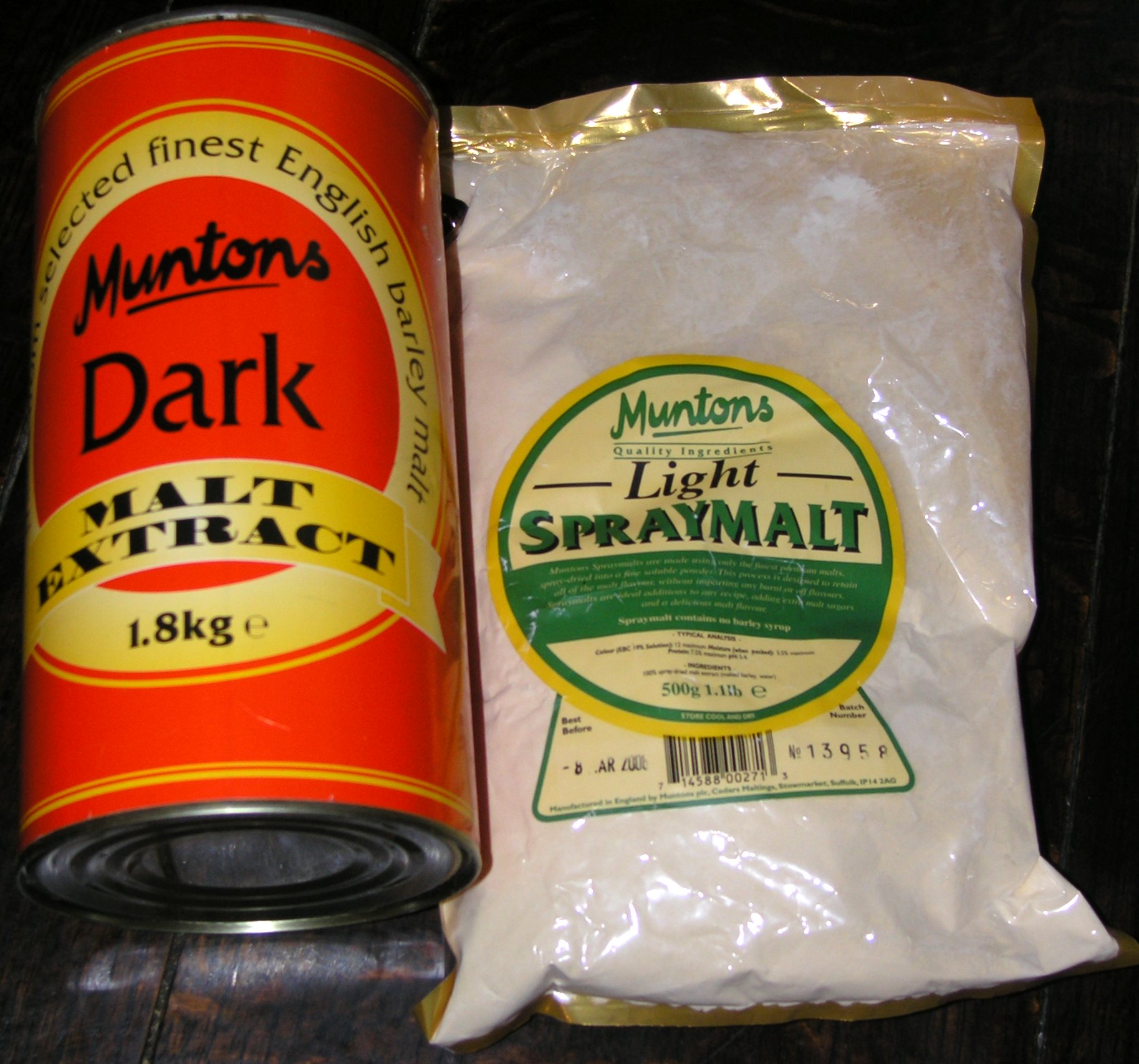 |
| Giant Joshua tree south of Las Vegas in Mojave National Preserve |
Here in Las Vegas, we live in the middle of one of the
hottest, driest desert ecosystems in the world. We post photos of our car
thermometers showing 120 degrees as a badge of honor. Rain is always a notable
weather phenomenon; we post pictures of it, too, in a show of desert-dwelling
solidarity.
Beyond our annual vacillation between gloating (on winter
days when it is 80 degrees and sunny outside) and loathing (when it is 113 in
July and we are stuck inside on summer break with a hot, bored family), though,
how much do most of us actually know about our home in the Mojave?
There is so much more to the Mojave than blazing hot summers. If you, like me and three-quarters of Las Vegans, grew up elsewhere and know more about pines and oaks than Joshua trees and mesquites, invest some time getting to know more about our extreme desert ecosystem. Continuing Education has several educational opportunities planned to help you learn more about the desert environment in which we live—join us for one or more upcoming adventures.
In recognition of what I hope are the final 100+ degree days of summer, I give you a few quick factual nuggets to broaden your knowledge of the Mojave.
- Joshua trees are one of the easiest ways to know you are in the Mojave Desert. They aren’t naturally found any other place in the world. If you are impressed with the specimens found out at Red Rock, you will be truly wowed by the Joshua tree forests of the Mojave National Preserve. Explore the Mojave National Preserve and Palm Springs with naturalist/geologist Nick Saines this November to learn more about the Mojave’s plants, animals, and geology.

- The world’s highest verified temperature ever, 134 degrees, was recorded at Furnace Creek, CA (Death Valley National Park) in 1913. Spend two days immersed in the geological and astronomical wonders of Death Valley National Park. Travel is scheduled for January, when temperatures are much more welcoming and the nights are long and clear.
- The Mojave was home to Native American communities for thousands of years. Learn the secrets to their survival by attending Native People & Plants in the Mojave Desert at Clark County Wetlands Park on Sept. 27.
- The Mojave Desert is home to many endemic plant, insect, and animal species (“endemic” means they live nowhere else on earth). Many of the endemic species are concentrated within one of four National Wildlife Refuges located with a few hours’ drive of Las Vegas. Fall day trips to area National Wildlife Refuges are already full, but there are still some openings in a new Introduction to Bird Watching course on Oct. 11 where you will learn to spot both native and migrating bird species the next time you are out exploring the desert.



